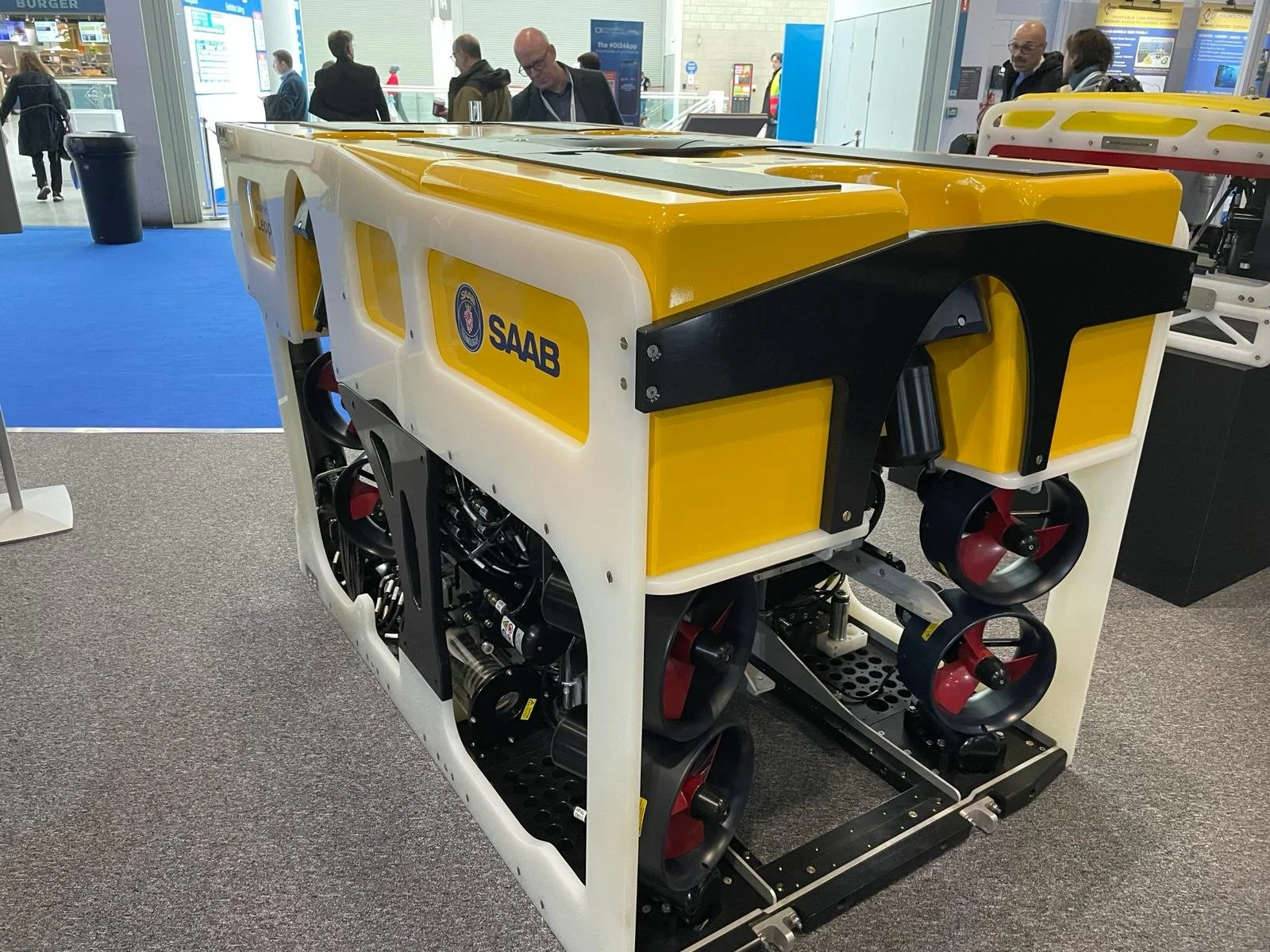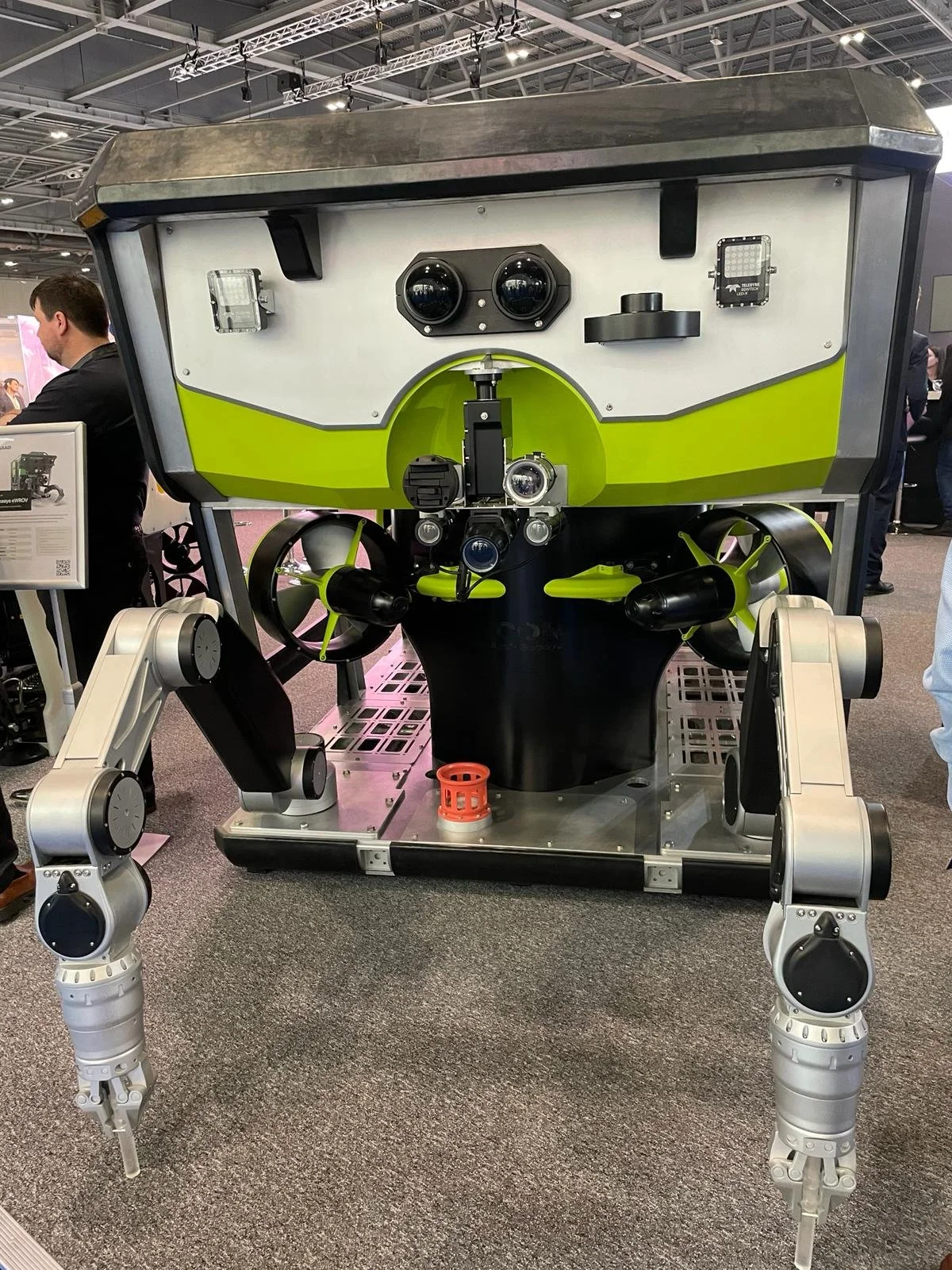
Considerations when purchasing a Remotely Operated Vehicle
Work class ROV, Observation or Inspection Vehicles or MiniROV or underwater drone, buying or renting such equipment is never an easy process.
Whether you’re working in Ocean Science, Offshore Construction, Marine Renewables or some other, Subsea-related activity, purchasing an ROV can represent a significant investment and getting it wrong can have long-lasting implications for your company or organisation.
At Dockstr, we have an experienced team that not only understands the technical and operational aspects of such a purchase but has an in-depth knowledge of the market for both new and used equipment in this area. Such a unique combination can be a valuable addition to your decision-making process.
Taking a step-by-step approach to your ROV purchase
Without being clear about what kind of operations you are going to undertake, in which environments and to what standards will almost certainly result in the wrong equipment being acquired. As an example, for the ocean enthusiast, an underwater drone or mini ROV may be perfectly adequate whereas the high-end requirements of an international survey or construction company will require systems where the investment will be measured in multi-million dollars.
And as the commitment can be significant (measured in millions of US$), if the correct preparation is not undertaken and the wrong ROV is sourced or acquired, the consequences can be measured in hundreds of millions of US$. Because of this, a structured approach to sourcing the correct specification of Remote Operated Vehicle is essential with several key steps being recommended before even starting to look at what is available on the market at any particular time.
Inspection is different from survey which is different to Construction
Having a clear understanding of the work you expect to conduct with your ROV is one of the first steps in your preparation. The type and specification of ROV required will be primarily determined by the type of operation(s) intended and the depth of operation required. Typical operations may include:
Visual survey & inspection;
Geophysical survey requiring the carrying of sensors (e.g. sonar, positioning aids, bathymetry, profiling, metrology, etc);
Basic intervention operations such as using manipulators for connecting and disconnecting crane or winch wires;
Light tooling such as wire cutting or cleaning of structures;
More complex heavy-construction tasks such as tooling operations using hydraulic intervention or the carrying of under-slung tooling skids;
Specific construction support to operations such as pipelay or cable installation;
A combination of the above plus other bespoke tasks relating to specific activities.
Once the required scope of work(s) has been accurately set out, the operational and technical requirements must be then be determined before any selection process can begin.
Operational and technical requirements
The type of technical and operational considerations to be addressed will be derived from the required scope of work and will include among others:
ROV depth rating and impact on the length of umbilical and suitability of ROV LARS;
ROV payload and/or tooling requirements;
Type of propulsion: Hydraulic or electrical;
Requirement for manipulators;
The ROVs multiplex capability in terms of sensors and tooling that can be carried;
Tether Management System (TMS) or Free-swimming mode;
Deployment system and Launch and Recovery System (LARS):
Certification requirements: There may be contractual requirements around the certification of the equipment involved;
Technical support: If the ROV is second hand, how easily can it be supported;
Host installation: What type of installation will the ROV operate from, will it be a permanent installation or not;
Mobilisation complexity and cost;
Craneage required to mob/demob;
Power requirements for the system;
What crew is required and is there adequate trained personnel available;
Are there any environmental considerations such as weather limitations on equipment.
Time to consider your options: brands, models, new or pre-owned …
-

Mini Rovs
Thinking about purchasing a under water drone or Mini ROV, brands such as Videoray, Deeptrekker, Outland or Bluerobotics are some of the options you may consider.
-
Observation ROVs
Looking at something a bit bigger for a more commercial application, you may look into Saab Seaeye Remote Operated Vehicles, Forum / Sub-Atlantic or DWTEK.
-

Work Class Rovs
You have some serious underwater remote intervention work to undertake and considering a work class rovs / WROV. Your main options are Schilling, SMD or Forum.
Need support for your ROV acquisition
Remotely operated vehicles can be extremely complicated systems that require comprehensive evaluation before purchase, particularly when it comes to used equipment. Technical, operational, financial and strategic considerations mean that the right level of understanding is required to support an acquisition (or indeed rental).
At Dockstr, our strong commercial and technical backgrounds have helped many customers make the right decision by supporting their equipment-related needs in the area of remote intervention. Therefore, if you are thinking of investing or divesting in this specialised area of subsea engineering, we can offer support at various levels to achieve the right outcome for your business.
Contact us to get help immediately:
Stefan Didora
Tel: +46 73 58 58 424
stefan@dockstr.com





